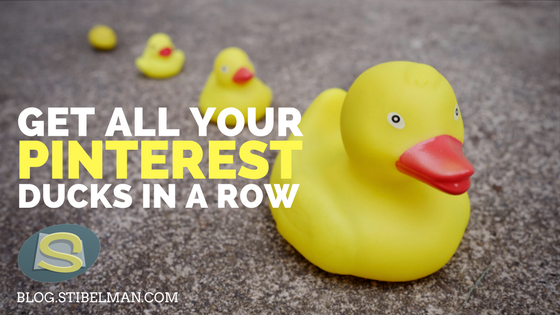Pinterest is getting serious-er
So we better start noticing its potential and learn how to apply it in unexpected markets. Remember, first bird gets the worm!
Did you just say worm?
Pinterest has officially been a social commerce website for a few years now, and as Jay Hawkinson has put it in his article, Pinterest is killing it, mainly because Pinterest users come there with shopping intent: “More than one-half of Pinterest users visit the site to find or shop for products. By comparison, only 12 percent do so on Facebook and Instagram.”
What’s awesome about this is that you get to see what people are planning to buy, learn about trends, what makes it to people’s wish-lists, and basically, see the future of shopping.
So, yes, in order to be the first bird to get those wallet-carrying, credit-card-swiping worms, you’d better learn how to read those statistics, search and research them pins, and when you’re ready: create your own Pinterest boards.
Shay, I’m lost. Create what-now?
Pinterest boards are collections of Pins, which are basically links with metadata, that point to products, blog posts, recipes, and so on.
Metadata will explain about the Pin, and Rich Pins will give you more information about the product or recipe, right there on Pinterest. Read more about creating Rich Pins in my past blog post.
Pinterest boards will basically help you categorize your Pins for easier browsing, and the cool part is that you get to choose your board titles yourself.
The Why
Why should a business have its own Pinterest boards? Great question, thanks for asking!
A very, very (very) big difference between Pinterest and ALL other social media channels is the perpetual existence of your Pins. They always remain in your boards, and are always searchable and relevant.
This means that any content you create on your website, which will then be pinned onto your own board (or someone else’s if they choose to pin it), will stay there for the Pinterest-world to see, always and forever [insert slow piano melody here].
Ok, Shay, lay it on me. What should I do next?
- Well, first of all, verify that your audience is actually on Pinterest. Make sure your content is pinnable and consumable in Pin-form.
- Find out how you can convert your content into Pins, or create pinnable content.
- Collaborate with experts, [micro]influencers and staff to create content which Pinterest users would love.
